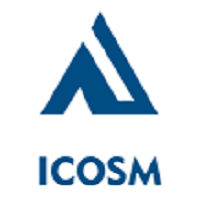
Keynote Speakers of ICOSM 2023
Prof. Weiqing Gao
Department of Optical Engineering / Hefei University of Technology, China
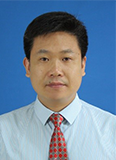
Biography: Gao Weiqing, Professor, Ph.D. Supervisor, Executive Vice President of Hefei University of Technology, Standing Committee Member of chinese optical society Optoelectronic Technology Committee, and Executive Director of Anhui Optical Society. Since 2007, he has worked in Hefei University of Technology. From July 2010 to July 2013, I worked as a postdoctoral fellow at Toyota University of Technology in Japan. From April to August, 2015, he visited and studied at Toyota University of Technology in Japan. Mainly engaged in optical fiber devices and systems, integrated optoelectronics, optical fiber photonics and other research work. More than 150 high-level academic papers have been published in internationally renowned journals, including more than 50 papers by first or correspondent authors. Presided over the national key research and development projects, the national natural science foundation projects, and the key research and development plans of Anhui Province. Authorized a number of invention patents.
Title: Transverse mode switchable fiber laser based on a beam shaper
Abstract: Two kinds of fiber lasers with all-fiber beam shaper based on single-mode-graded index multimode-few-mode fiber (SMF-GIMF-FMF) structure are proposed. The excitation coefficients of mode can be adjusted continuously by changing the GIMF length. Numerical simulations are performed to investigate beam shaping dynamics in the fiber structure. Switchable output between fundamental transverse mode (LP01) and high order transverse mode (LP11) can be generated. Cylindrical vector beams with high mode purity are also showed by removing the degeneracy of the LP11 mode.
Prof. Liang Lu
School of physics and optoelectronic engineering/Anhui university, China
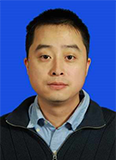
Biography: Prof. Liang Lu received his PhD degree in Optics from the University of Science and Technology of China (USTC) in 2005. In the same year, he entered the Electronic Science and Technology Mobile Station of USTC for postdoctoral research work, and then served as a exchange scholar at the National Laboratory Institute of Standards and Technology (NIST) from 2006 to 2008. In 2008, he entered Anhui University as an introduced talent, and in 2014, as a visiting scholar, he went to Washington University in St. Louis (WUSTL) for exchange research. He is currently a professor of physics at Anhui University, doctoral supervisor; member of the Standing Committee of Photoelectric Technology Committee of Chinese Optical Society (COS); director of the Branch of Opto-Electro-Mechanical Technology and System Integration of China Instrument and Control Society (CIS); executive director of Anhui Optical Society (AOS); deputy director of the Optical Education Committee of Anhui Optical Society (AOS); candidate of academic technology leader of Anhui Province; associate dean of the School of Physics and Optoelectronic Engineering of Anhui University; deputy director of the Key Laboratory of Opto-Electronic Information Acquisition and Manipulation, Ministry of Education. Hitherto, he has presided over 3 projects of the National Natural Science Foundation of China, nearly 20 projects of the Doctoral Fund of the Ministry of Education, major Natural Science Research Projects of Anhui universities in Anhui Province and enterprise-commissioned projects. He has published more than 60 academic papers in influential academic journals and international conferences such as Optics Letters, Photonics Research, etc; authorized 43 invention patents with the first inventor (including 2 American inventions, 3 invention patents have been transformed into scientific and technological achievements). As the first complete person, he won the third prize of Natural Science in Anhui Province, the first prize of Teaching Achievements in Anhui Province, and the third prize of postgraduate teaching achievements in Anhui Province.
Title: Research on ultra-high sensitivity and ultra-long distance Laser Feedback Interference Technology
Abstract: Compared with the traditional heterodyne interference scheme, the laser feedback interferometry based on the cavity-gain effect has the considerable remarkable advantages of simple structure and not limited by the coherence length of the laser itself, which is an important way and effective means to achieve high-sensitivity measurement of the multiple physical quantities including vibration, displacement, velocity, etc. It is expected to meet the common needs of real-time acquisition of the multi-physical sensing signal in the fields of the measurement of deep-sea velocity, monitoring of deep-ground micro-vibration, detection of space-based space target micro-motion, non-destructive test in biomedical, sensing of Computerized Numerical Control (CNC) machine tool, equipment of intelligent agricultural machinery. This report mainly introduces the basic principle and research background of laser feedback interference technique, application of all-fiber structure laser frequency-shifted interference technique associated with the other related research work.
Prof. Shi Jiaming
National University of Defence Technology, China
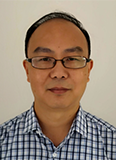
Biography: Prof. Shi Jiaming have been with the National University of Defence Technology. My research interests include infrared characteristics of objects, functional infrared materials and application of low temperature plasmas.
Title: Research of multi band spectral characteristics of photonic crystals
Abstract: Photonic crystals (PCs)show special spectrums due to their unique configurations. These spectral spectrums can be utilized to modify the transmission of EM waves. In this speech, we will discuss the design of PCs which exhibit special spectrums in visual light and infrared bands, which may alter the detectability of objects covered by these PCs. Experimental results will also be given, which are in good agreement with theoretical ones.
Prof. Wanli Zhao
National Key Laboratory of Electromagnetic Space Security
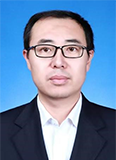
Biography: Research direction is interaction of the laser radiation with matter , advanced laser application technology
Title: Advanced photoelectric detection and the influence of strong light on photoelectric detection
Abstract: With the development of technology, advanced optoelectronic detection technology is gradually being applied to fields such as environmental monitoring and target recognition, providing more refined and rich information for target detection. However, under strong or backlight conditions, the detection performance of the photoelectric detection system is limited. The factors affecting the detection system under such conditions are analyzed, and some strong light suppression detection ideas are proposed.
Prof. Feng Wang
National Key Laboratory of Electromagnetic Space Security
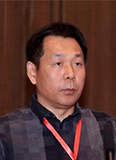
Biography: He is the director of the Key Laboratory of Polarized Light Imaging Detection Technology in Anhui Province, and has been engaged in the scientific research of new photoelectric imaging, photoelectric information processing, polarized light imaging detection and other directions for a long time.
Title: Intelligent unmanned boat and on-board photoelectric load technology
Abstract: This paper analyzes the research status of intelligent unmanned boat and the photoelectric load technology on board. The typical intelligent unmanned boat and onboard photoelectric detection, photoelectric interference and other technologies are studied.
Prof. Xiaobao Yang
South China University of Technology, China
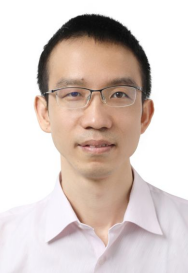
Biography: Xiaobao Yang is a professor of College of Physics and Optoelectronic, South China University of Technology. He received his Ph.D. degree from Tsinghua University in 1999, and then worked as a postdoctoral researcher at City University of Hong Kong before joining South China University of Technology in 2010. He has published more than 80 SCI papers in international journals such as J. Am. Chem. Soc., Nano Research, Phys. Rev. B, Appl. Phys. Lett. etc. He has successively presided over projects of National Natural Science Foundation of China, provincial and ministerial level. In 2013, he was selected as one of the outstanding young teachers training programs in Guangdong Province, and in 2014, he was awarded the Guangdong Outstanding Youth Fund and selected as one of the special support programs in Guangdong Province.
Research Area:
Computational Condensed Matter Physics
Prof. Chee Leong Tan
Nanjing University of Posts and Telecommunications, China
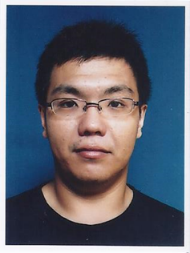
Biography: Chee Leong Tan is a professor of College of Integrated Circuit Science and Engineering, Nanjing University of Posts and Telecommunications. He had received BEng and M.S. degrees from the University Malaysia Sabah, Malaysia, in 2005 and 2007, respectively, and Ph. D from Gwangju Institute of Science & Technology, the Republic of Korea, in 2013. He has been a postdoctoral in BISOL, Northwestern University in 2015-2018, working on the development of room operating temperature of extremely low noise high-efficiency III-V SWIR camera for ground operating Keck telescope in Hawaii. He is a senior lecturer in Photonic Research Centre, University Malaya, from 2018-2020. Currently, he is a Professor at Nanjing University of Post and Telecommunication. Nanjing, China. He has 14 years of experience in fabricating semiconductor devices such as L.E.D., edge-emitting laser diode, VCSEL, solar cell, and photodetectors. He is a member of IEEE, SPIE, and O.S.A. His current research interests include plasmonic device, photonic and optoelectronic device and nanostructures for various sensing devices.
Research Area:
Photodetector, Imaging System, Deep Ultraviolet, Infrared
Prof. Yabo Fu
Taizhou University, China
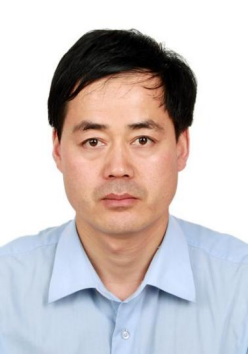
Biography: Dr. Yabo Fu is a professor and supervisor of Taizhou University. He graduated from Dalian University of Technology with a doctorate in engineering. He is an innovative and entrepreneurial talent of "500 elites" in Taizhou and a high-level talent of "Xiongzhen Talents" in zhenhai district, Ningbo. Prof. Yabo Fu won the third prize of Zhejiang Science and Technology Award (technological invention) as the first finisher, the second prize of China Nonferrous Metals Industry Science and Technology Progress Award (organized by China Nonferrous Metals Association and China Nonferrous Metals Society), and the fifth finisher won the gold medal of the 44th Geneva International Invention Exhibition. Thirty papers included in SCI have been published, including 3 TOP journals and 1 highly cited paper. Six invention patents were authorized, two were transferred, and a textbook "Practical Course of Nondestructive Testing" was published. Hosted and participated in 6 national provincial and municipal projects, and the funds for hosting and participating in provincial and ministerial projects and horizontal projects of enterprises amounted to more than 4 million yuan. He is a director of the Heat Treatment Branch of Zhejiang Mechanical Engineering Society, a member of the Environmental Protection Academic Committee of China Nonferrous Metals Society, and a member of China Materials Research Society.
Research Area:
1. Research and application of aluminum bronze with high toughness and wear resistance, titanium bronze with high strength and high elasticity instead of beryllium bronze, and copper, chromium and zirconium with high strength and high conductivity;
2. Study on gradient microstructure preparation and green heat treatment of copper alloy, aluminum alloy and titanium alloy;
3. Design of compound mixing equipment and recycling of waste solid.

Keynote Speakers of ICOSM 2022
Prof. Xiang Gao
Hefei Institutes of Physical Science, Chinese Academy of Sciences, China
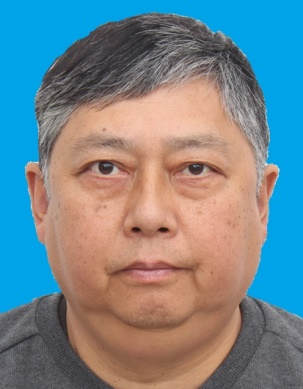
Experience:
Xiang Gao, male, born in 1965, serves as the director, second-level researcher and doctoral supervisor of the Fourth Research Office, Institute of Plasma Physics, Chinese Academy of Sciences, as well as the professor at the University of Science and Technology of China (double-employment). He graduated from Southeast University in 1985 and received his Ph.D. from the Institute of Plasma Physics, Chinese Academy of Sciences in 1997. He acted as a visiting scholar at the Japan Institute of Atomic Energy from 1996 to 1997. From 2000 to 2002, he was invited as a JAERI research fellow by the Japan Institute of Atomic Energy. From 2014 to 2018, he served as the chief scientist of the ITER special project of the Ministry of Science and Technology of the People’s Republic of China “Realization and Mechanism Research of Long Pulse H-mode”. Currently, he is working on steady-state high-parameter plasma physics research for ITER and CFETR fusion reactors. In 2019, the project “Realization and Application of EAST Dual Transport Barriers” directed by him won the first prize of the Anhui Province Natural Science Award.
Prof.Yi Long
Nanyang Technological University, Singapore
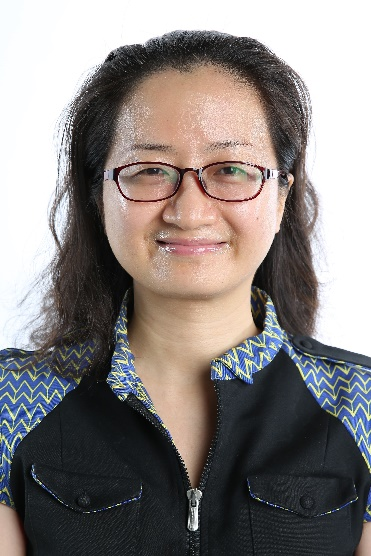
Experience:
Dr Long Yi graduated with PhD in materials Science from Cambridge University. She is currently Fellow of the Royal Society of Chemistry and serve as Scientific Editor and Editorial Board Member for Materials Horizons. Her early career started with successful Lab-to-Fab technology transfer for Seagate Technology, the leading hard-disk company in the world. Her more recent work is related with functional coatings in energy saving and flexible electronic devices. She has published more than 120 journal papers including some INVITED REVIEWs and highlighted COVER PAPER for those top materials and energy related journals, SCIENCE, JOULE, CHEMICAL SOCIETY REVIEWS, ACS Energy Letter ADVANCED ENERGY MATERIALS and so on.
Prof. Jintian Bian
National University of Defense Technololgy, China
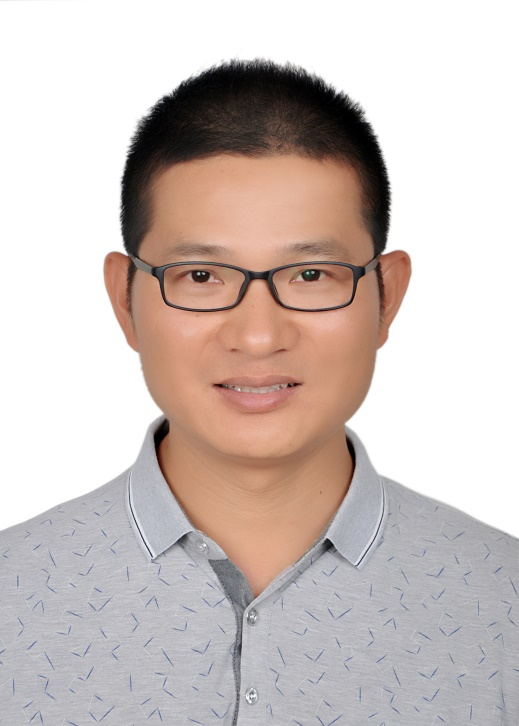
Experience:
Jintian Bian is a deputy director and associate researcher of the State Key Laboratory of Pulse Power Laser Technology, School of Electronic Countermeasures, National Defense University of Science and Technology. He graduated from the School of Electronic Engineering in 2007 with a Ph.D. in Signal and Information Processing (optoelectronic direction). After graduation, he stayed at the university as a teacher and served as a lecturer, deputy director and associate researcher of the teaching and research department, deputy director of the State Key Laboratory, etc. His research direction is laser technology and laser countermeasure technology. He has presided over more than 10 scientific research projects, won one first prize, two second prizes, and two third prizes of scientific and technological progress awards at provincial and ministerial levels, and has published more than 60 papers.
Assoc. Prof. Wang Yong
Anhui Provincial Key Laboratory of Polarization Imaging Detection Technology, China

Experience:
Yong Wang , associate professor at Anhui Provincial Key Laboratory of Polarization Imaging Detection Technology, Hefei. His research interests includes computer vision, image processing, and polarization imaging. He has published over 20 papers in journals and conference proceedings, 3 books, and 10 patents.